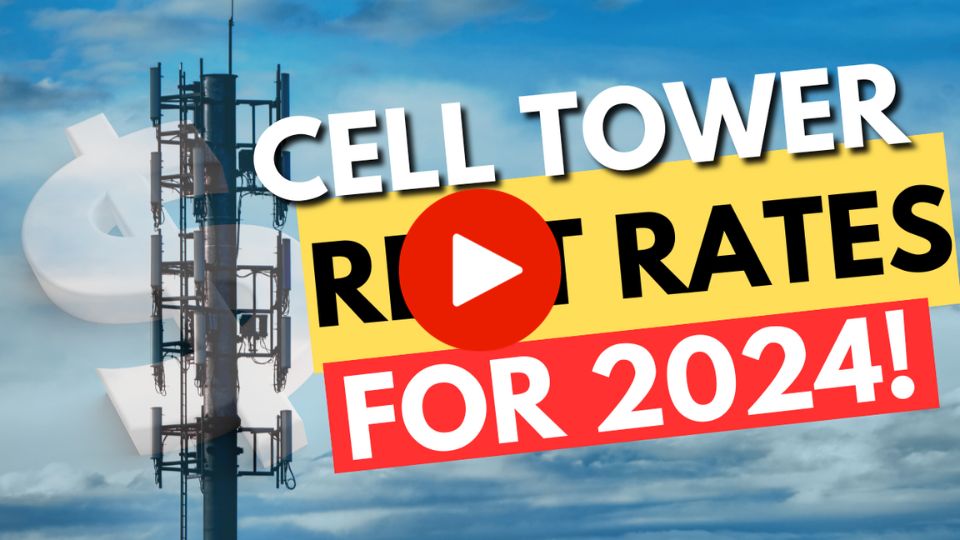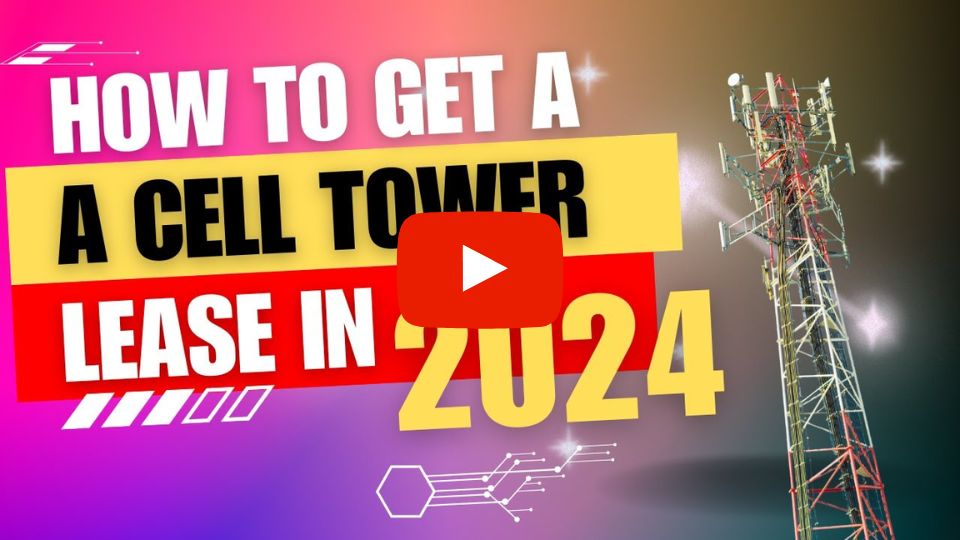There is a lot of talk about 5G and what it will mean for the cell tower industry. Some people believe that it will spell disaster for cell tower companies and the landlords who have existing leases with them. They believe that 5G will make cell towers obsolete, so there is no need for leases anymore. This is absolutely not the case. In fact, 5G is going to bring a tremendous amount of new business to the market, and those who are open to having cell sites on their property can expect to see an increase in value. Here’s a closer look at why this is the case.
Out With the Old
It’s important to understand that existing cell tower and rooftops sites may see a lot of equipment modification as a result of the change to 5G. Out with the old and in with the new is the name of the game. While cell towers may be getting an upgrade, they are still going to be a vital part of the network. In fact, cell towers are expected to play an even more important role in the coming years. This means that there is still a great demand for them, and landlords can expect to see an increase in value as a result.
A cell tower landlord should not only know their rights under their current cell tower lease agreement, but also understand the opportunities they may have to negotiate a better overall lease as a result of the change. This is not a bad thing. In fact, it may be an opportunity to increase the value of your property.
While old sites are being upgraded with new equipment, new sites are popping up all over.
How Many More?
The United States currently has about 300,000 – 350,000 cell sites. However, with the rollout of 5G, that number is expected to grow exponentially. In order to provide the same coverage as current fourth-generation (4G or “LTE”) networks, it is estimated that the number of cell sites will need to increase by a factor of four to eight. That means that the estimated number of cell towers needed in the US is 1.2 million on the low end, to as many as 2.8 million.
Shorter Range = More Towers
This dramatic increase in the number of cell sites to keep up with wireless demand is often referred to as “densification.” Densification is necessary because 5G wireless technology uses higher-frequency bands of the electromagnetic spectrum than 4G. These higher-frequency bands, while providing faster speeds and more capacity, do not propagate as well as lower frequencies.
Unobstructed 5G signals can reach about 1500 feet, but in cities and towns it can be as little as 300 feet. They can’t be placed higher than about 50 feet above the ground. Throughout cities and communities where there are plenty of obstructions, small cell sites only effectively cover a mile or less. That means in order to support the 5G rollout, new cells will need to be placed every couple hundred feet with 20-30 foot towers.
As a result, more cell sites are needed to provide the same coverage as the 4G network. This shortened range means that approximately 250-900 small cells per square mile will be required in areas where densification is needed.
While the number of cell sites will increase significantly, the size of each cell site will often be much smaller because 5G technology uses beamforming and massive multiple-input multiple-output (MIMO) antenna arrays, which allow for a more targeted and efficient use of the available spectrum.
It is possible that the large volume of smaller sites required could mean less income per site in order to keep the cost of bringing 5G to ever expanding areas as low as possible. Where 4G signals could travel about 10 miles, requiring fewer towers, 5G, as we’ve seen, travels from 300 to 1500 feet.
In other words, there will be more cell towers overall, and they will not be less valuable, though in some cases they may bring less income per lease.
The sites will actually be extremely valuable, because they are needed to relay the signal, but the question is, will the tower and mobile companies pay 4-8 times more for the coverage? And if they do, how much of that will they pass on to consumers?
Still, the number of cell towers and small cell sites that are required to support the new network will be significantly higher. That means more opportunities and, we hope, the possibility of higher revenue.
IoT – Increases in Users and Devices
The 5G network will have a much higher capacity than previous generations. This higher capacity will be necessary to support the ever-growing Internet of Things.
“The Internet of Things (IoT) describes the network of physical objects—’things’—that are embedded with sensors, software, and other technologies for the purpose of connecting and exchanging data with other devices and systems over the internet.” (Oracle).
- In 2021, there were more than 10 billion active IoT devices.
- It’s estimated that the number of active IoT devices will surpass 25.4 billion in 2030.
- By 2025, there will be 152,200 IoT devices connecting to the internet per minute.
- It’s estimated that global IoT spending will total $15 trillion in the six-year period between 2019 and 2025.
- The consumer IoT market is estimated to reach $142 billion by 2026.
- The amount of data generated by IoT devices is expected to reach 73.1 ZB (zettabytes) by 2025.
(A zettabyte is equal to 1,000 terabytes or more than 931 billion gigabytes!)
The only way to provide 5G’s increased capacity and support an increased number of users and devices that will be using the network is by increasing the number of cell towers.
Ultimately, it’s important to remember that it’s not how much space a cell tower company or wireless provider leases, and it’s not only the location of the space. It is the value the companies derive from such space. This is what will continue to drive the market, and those who are able to provide valuable space for cell sites can expect to see an increase in value.
So, if you’re a landlord with an existing cell tower lease, don’t be discouraged by the change to 5G. In fact, it could be an opportunity to increase the value of your property. And, if you’re considering leasing space for a cell site, this may be a great time to do it–but don’t go it alone.
There is a lot of demand for cell sites, and with the right people on your side, you can get the most out of your cell tower lease. Vertical Consultants has both the expertise and the experience to provide you with answers regarding the “true value” of your property as it relates to any new cell tower lease you have been offered or any existing cell site lease you already have on your property. And unlike other consulting firms, we do not work with the cell phone or tower companies—we only work for you, the property owner. We strive to provide more than mere advice to our clients… we strive to provide unmatched results. Contact us today for a free review of your lease or offer.
Sources:
Oracle. “What Is the Internet of Things (IoT)?” Oracle, Oracle, 15 Dec. 2020, cloud.oracle.com/en_US/iot/what-is-iot.
DataProt. “The Ultimate List of IoT Statistics for 2021 [Free Download].
Convert Units. “Convert zettabyte to gigabyte – Conversion of Measurement Units”, July 2022 https://www.convertunits.com/from/zettabyte/to/gigabyte




